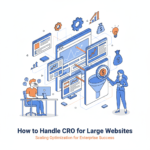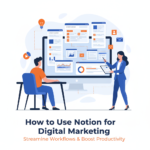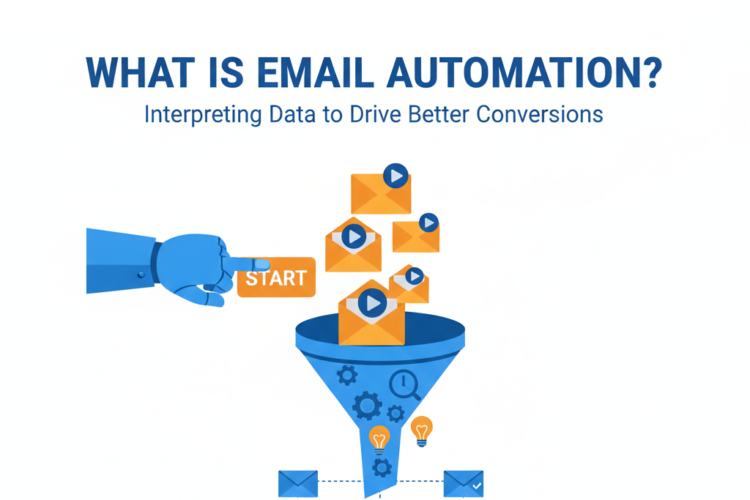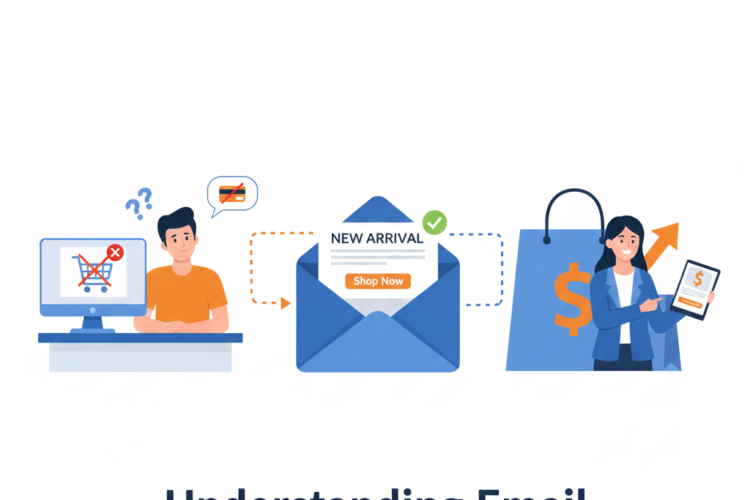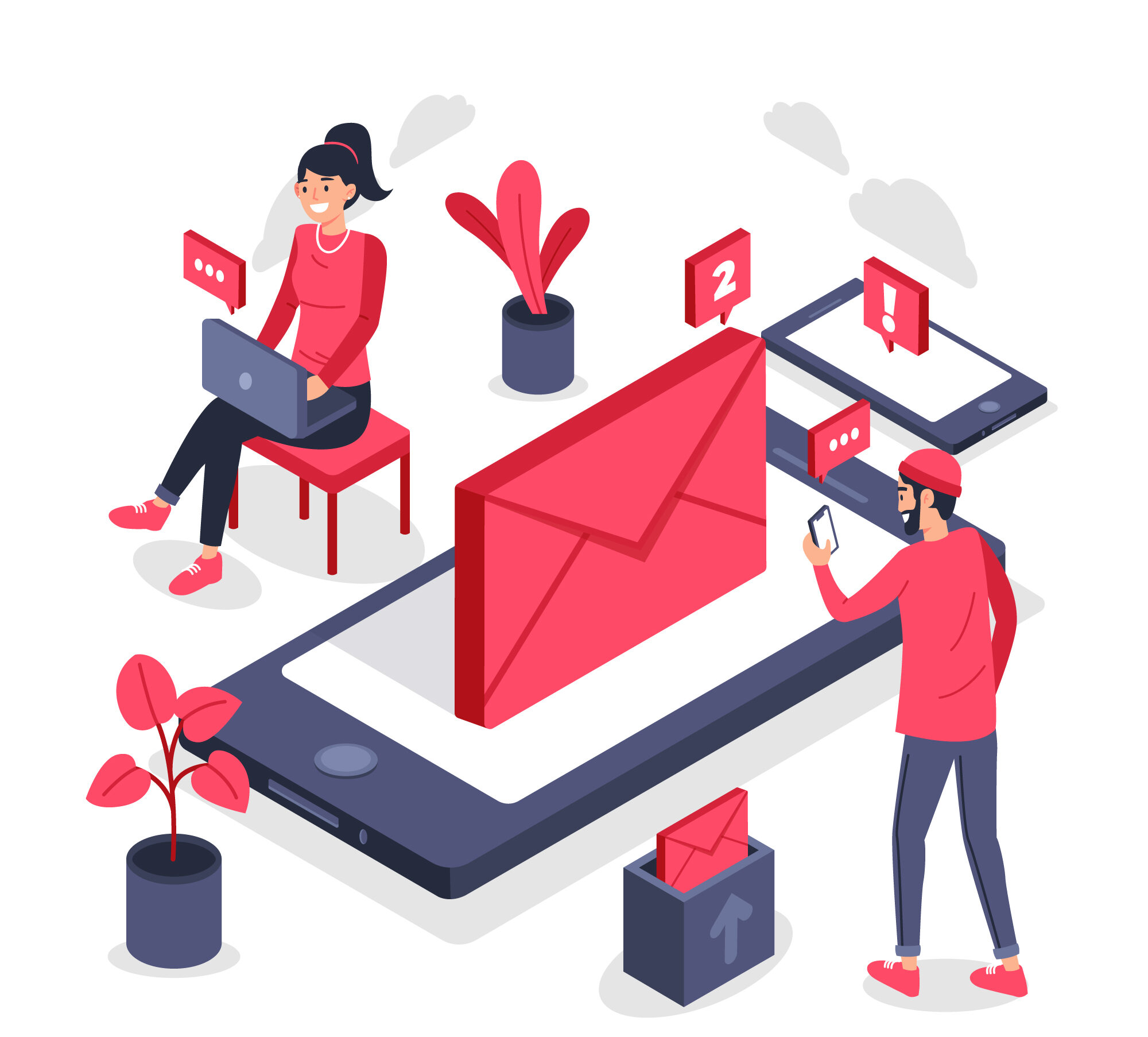
Creating an Email Funnel That Converts
Table of Contents
-
What Is an Email Funnel?
-
Why Email Funnels Are Crucial
-
Stages of an Email Funnel
-
Building Your Email Funnel Step by Step
-
Types of Emails for Each Funnel Stage
-
Tips for High-Converting Email Funnels
-
Common Mistakes to Avoid
-
Tools to Build Effective Funnels
-
Real-World Funnel Example
-
Final Thoughts
1. What Is an Email Funnel?
An email funnel is a series of automated, strategically crafted emails that guide subscribers from awareness to action—such as a purchase, signup, download, or other business goal.
Just like a sales funnel, it’s built to:
-
Capture attention
-
Educate and nurture
-
Convert
2. Why Email Funnels Are Crucial
✅ Automates sales and lead nurturing
✅ Increases customer lifetime value (CLV)
✅ Delivers targeted messaging at the right time
✅ Improves conversion rates from cold leads
✅ Builds relationships and trust
According to Campaign Monitor, email marketing generates $44 for every $1 spent. A well-built funnel makes that number possible.
3. Stages of an Email Funnel
1. Awareness (Top of Funnel – TOFU)
-
Goal: Grab attention & offer value
-
Content: Lead magnets, blog posts, free tools
2. Interest & Consideration (Middle of Funnel – MOFU)
-
Goal: Educate & engage
-
Content: Product guides, case studies, webinars
3. Decision & Action (Bottom of Funnel – BOFU)
-
Goal: Drive conversions
-
Content: Testimonials, discount offers, demos
4. Post-Purchase / Retention
-
Goal: Retain, upsell, and build loyalty
-
Content: Thank-you emails, onboarding, loyalty offers
4. Building Your Email Funnel Step by Step
🔹 Step 1: Identify Your Funnel Goal
What action do you want users to take?
-
Buy a product
-
Schedule a demo
-
Download a whitepaper
-
Subscribe to a service
🔹 Step 2: Create a Lead Magnet
Offer something valuable in exchange for an email:
-
Ebooks
-
Checklists
-
Templates
-
Free trials
-
Quizzes
🔹 Step 3: Segment Your List
Personalize based on:
-
Behavior (clicks, downloads)
-
Interests (selected topics)
-
Demographics (location, job title)
🔹 Step 4: Map Out the Funnel Sequence
Example:
| Stage | Email Type | Timing |
|---|---|---|
| Day 1 | Welcome/Lead Magnet | Immediate |
| Day 2 | Educational Content | +1 day |
| Day 4 | Value-Driven Tips | +2 days |
| Day 6 | Case Study or Testimonial | +2 days |
| Day 8 | Offer/Sales Email | +2 days |
| Day 10 | Last Call/Scarcity Email | +2 days |
🔹 Step 5: Write the Emails
-
Personalize subject lines
-
Use natural, helpful tone
-
Add clear calls to action (CTAs)
-
Keep it mobile-friendly
🔹 Step 6: Automate and Test
Use platforms like Mailchimp, ConvertKit, or ActiveCampaign to automate the funnel.
5. Types of Emails for Each Funnel Stage
🧊 TOFU – Awareness Emails
-
Welcome Email: Thank users, deliver the lead magnet.
-
Problem-Aware Content: Introduce pain points you solve.
-
Educational Content: Share blog posts, videos, or beginner tips.
🔥 MOFU – Nurture Emails
-
Case Studies & Social Proof
-
Feature Spotlights
-
Comparison Guides
💸 BOFU – Conversion Emails
-
Testimonials
-
Discount Offers or Limited-Time Deals
-
Urgency/Scarcity Messaging
❤️ Retention Emails
-
Thank You / Confirmation
-
Upsell/Cross-sell
-
Customer Success Tips
-
Review or Referral Request
6. Tips for High-Converting Email Funnels
🔹 Hook with a Strong Subject Line
– Aim for curiosity + value (e.g., “Struggling with [pain point]? Try this.”)
🔹 Keep Emails Focused
– One clear message and one CTA per email.
🔹 Add Social Proof
– Quotes, user numbers, logos, awards.
🔹 Test and Optimize
– A/B test subject lines, copy, CTAs, and sending times.
🔹 Personalize Beyond First Name
– Use dynamic content based on behavior, location, or past actions.
🔹 Use Visuals Wisely
– Include clean, purposeful graphics (but don’t overdo it).
7. Common Mistakes to Avoid
🚫 Sending too many sales emails early
– Build trust before selling.
🚫 Ignoring mobile optimization
– Over 50% of emails are opened on mobile.
🚫 Using generic CTAs
– “Learn more” is vague. Use “Get my free checklist” or “Claim your 10% discount.”
🚫 Not cleaning your email list
– Bounce rates and disengaged subscribers lower deliverability.
🚫 Skipping segmentation
– One-size-fits-all messaging kills conversions.
8. Tools to Build Effective Funnels
| Tool | Purpose |
|---|---|
| Mailchimp | Email automation, segmentation |
| ConvertKit | Funnels for creators, tagging |
| ActiveCampaign | Advanced automation & CRM |
| HubSpot | Full marketing automation suite |
| GetResponse | Funnels + landing pages |
| Leadpages | Lead capture & landing pages |
| Canva | Email graphics & visuals |
9. Real-World Funnel Example (E-commerce)
Brand: Natural Skincare Store
Goal: Sell $30 Vitamin C Serum
Lead Magnet: Free Skincare Routine Ebook
Funnel Sequence:
-
Welcome Email – “Here’s your free skincare ebook”
-
Day 2: Skincare Tips – “5 Ways to Fix Uneven Skin Tone”
-
Day 4: Product Spotlight – “Why Our Vitamin C Serum Works”
-
Day 6: Testimonial – “How Emma Cleared Her Skin in 2 Weeks”
-
Day 8: Offer – “Get 15% Off Your First Bottle – 48 Hours Only”
-
Day 10: Scarcity – “Last Day: 15% Off Ends Tonight!”
-
Day 14: Upsell – “Pair Your Serum with Our Daily Moisturizer”
Result: Higher open rates, better engagement, and increased conversion rate by 3.5x.
10. Final Thoughts
A successful email funnel isn’t about being pushy—it’s about educating, engaging, and providing value every step of the way. With the right structure, compelling content, and clear goals, your email funnel can become a conversion machine.
Author
